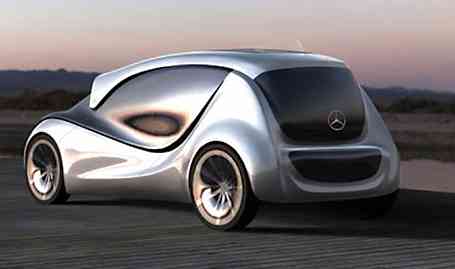
By Guest Blogger Scott Huntington
Ever since Henry Ford introduced the Model T in the early 1900s, the automobile industry changed forever. Transportation via car was no longer a luxury of the affluent, but a mainstay in American culture accessible to virtually everyone.
Much has changed over the last century; the automotive industry has blossomed into a multibillion-dollar enterprise featuring competitors from around the world. In 2000, amid a push for alternative fuel sources, Toyota released the Prius to the American market. This vehicle was the first hybrid car in the United States. As environmental concerns over the future of cars continue to grow, many are looking to driverless cars as the answer to curbing carbon emissions.
No, this isn’t something out of a science fiction movie; autonomous cars are real and they are coming faster than you think. In fact, Google has a working prototype of a driverless car and Delphi Automotive recently attempted the world’s first cross-country road trip in one of these vehicles.
An Autonomous Solution?
Self-driving cars have many social and economic benefits, but can they really be helpful from an environmental perspective? One major concern is the vehicle’s fuel source. Driverless cars are still cars, and further reliance on fossil fuels aren’t exactly helping the environment. Automotive engineers have to figure out the most eco-friendly way of streamlining this method of transport. While it is difficult to determine the long-term environmental benefits without a larger sample size, you can find some speculative points below:
- Fuel efficiency: Researchers at KPMG believe that driverless cars will be considerably more fuel-efficient than vehicles that use human drivers. If every car is driving at the same speed, the cars could, theoretically, bunch together, effectively cutting gas usage by at least 30 percent.
- Lighter vehicles: The hope is that automated vehicles will lessen the amount of car accidents per year. Considering the fact that 81 percent all car accidents are due to human error, driverless cars should be met with widespread support. With less emphasis placed on accident prevention, cars will likely be more durable and use less material.
- Ridesharing increase: Recent data from the International Parking Institute suggests that cars remain parked 90 percent of the time. Services like Uber and Lyft are beginning to mitigate the stigma associated with ridesharing. Autonomous vehicles have the potential to turn ridesharing into a normal occurrence. Fewer cars on the road translates to increased environmental stability.
Convenience at a Cost
Driverless cars open up a realm of new possibilities for people who are unable to drive, such as minors, disabled, elderly, intoxicated or medically unable. Ridesharing is already causing significant tensions between taxi companies and other sources of public transportation; what happens if autonomous vehicles become the preferred method of transport among Americans? Other mediums would quickly become obsolete.
Despite the prospect of a less-stressful work commute, the increased number of driverless cars on the road will outweigh any proposed environmental benefits. Experts foresee a 160 percent jump in people’s need to travel by car. Autonomous vehicles may be the next step in the automobile industry, and their effects on the environment remain will be seen soon.
About the Author
Scott Huntington is a writer and auto enthusiast. Check out his site, offthethrottle.com for more.